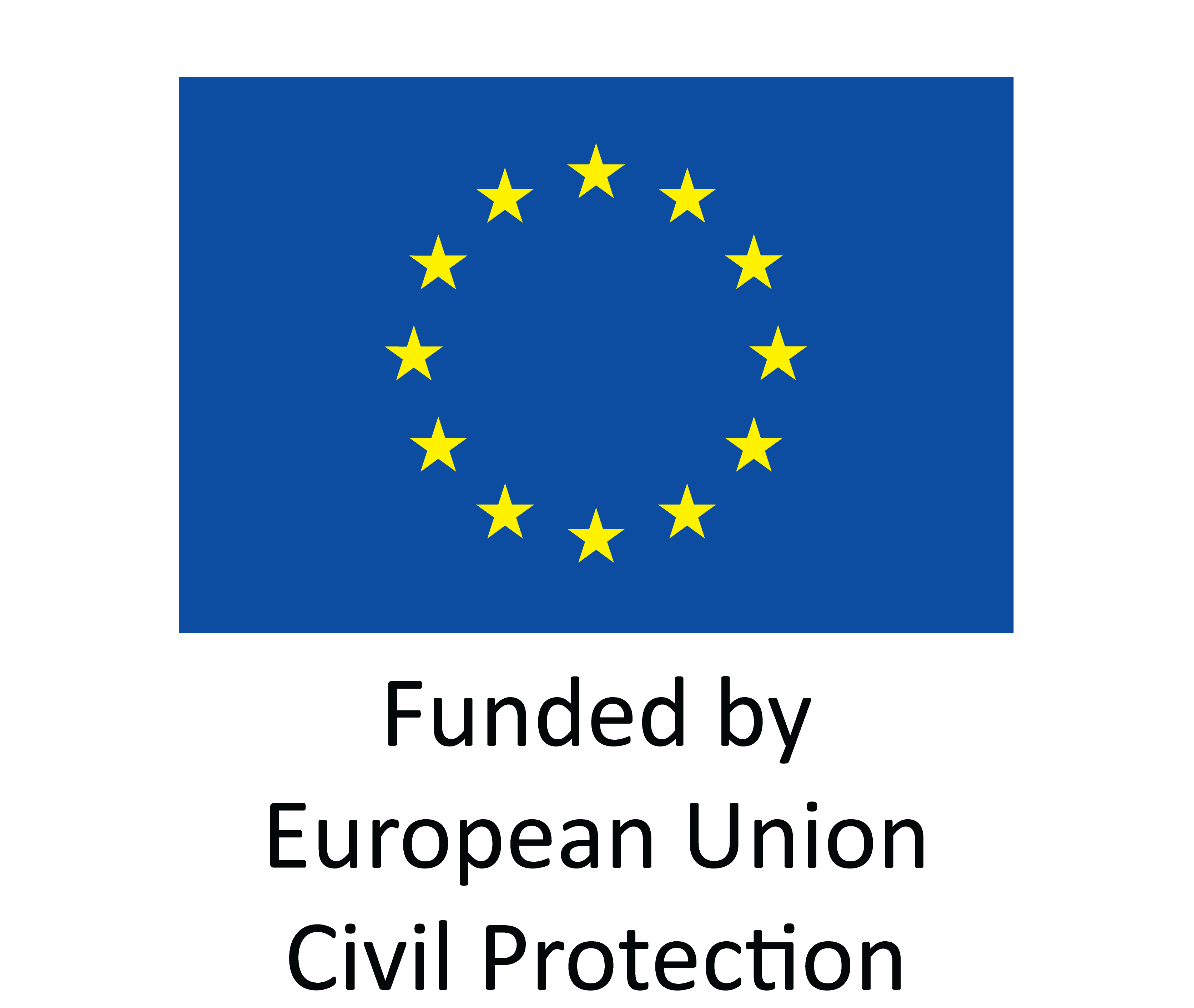Community-based PSS
| Training materials community based psychosocial support | |
|---|---|
| BASIC MATERIALS | |
| International Federation of Red Cross and Red Crescent Societies Reference Centre for Psychosocial Support (PS Centre) (2009). Community-based Psychosocial Support: Trainer’s book – A training kit. Copenhagen, Denmark.
http://pscentre.org/topics/training-kit-publications/ handbook, 131 p. |
The “Community-based Psychosocial Support: Trainer’s book – A training kit” aims to enhance understanding of the training process itself and to function as a practical tool in that process. It contains an introduction on how to use the trainer’s notes and powerpoint presentations and gives information about how to plan a psychosocial support training, the learning process in a psychosocial context, preparing a workshop in psychosocial support and conducting the workshop. It also offers seven different models containing necessary knowledge. Each single model can be used for more specific training needs. |
| International Federation of Red Cross and Red Crescent Societies Reference Centre for Psychosocial Support (PS Centre) (2009). Community-based Psychosocial Support: Participant s handbook book – A training kit. Copenhagen, Denmark. http://pscentre.org/topics/training-kit-publications/ |
The participant’s handbook gives training participants further reading on all topics of the training. It is an easy to read Handbook that can be well adapted into PSS trainings. |
| IFRC Reference Centre for Psychosocial Support (n.d.). Community-based psychosocial support – PowerPoints. http://pscentre.org/topics/training-kit-publications/ Power point presentation: Annex, module 1-7, template 145 slides |
The slides “Community-based psychosocial support – PowerPoints” is part of the training kit from the IFRC Reference Centre for Psychosocial Support andcover the following topics: Opening and closing a workshop, crisis events and psychosocial events, stress and coping, loss and grief, community-based social support, psychosocial first aid and supportive communication, children and supporting volunteers and staff. |
| UNICEF (2009). A Practical Guide for Developing Child Friendly Spaces.
https://www.unicef.org/protection/A_Practical_Guide_to_Developing_Child_Friendly_Spaces_-_UNICEF_(2).pdf guide, 108 p. |
In 2009 UNICEF developed a guide that assists helpers to build child friendly spaces (CFS) in case of emergency. The title is “A Practical Guide for Developing Child Friendly Spaces”. It is designed to fit the special and multi-faceted needs of children. It is divided in a more theoretical and a practical section and can be easily adapted for training. |
| ADVANCED MATERIALS | |
| IFRC Reference Centre for Psychosocial Support, University of Innsbruck, Danish Cancer Society & War Trauma Foundation (n. d.). Lay Counselling – A Trainer’s Manual.
http://pscentre.org/wp-content/uploads/Lay-counselling_EN.pdf handbook, 89 p. |
The manual “Lay Counselling: A Trainer’s Manual” contains a two-day generic training workshop, with material applicable to all counselling contexts. |
| IFRC Reference Centre for Psychosocial Support (n.d.). Lay Counselling Activities - powerpoints and handouts
http://pscentre.org/resources/lay-counselling-activities-handouts/ 8 handouts, 50 p. 1 Excel table 1 Power Point Presentation, 45 slides |
The “Lay Counselling Activities – Handouts” consists of 8 handouts, one excel table and a power point presentation related to psychosocial support. |
| Guidelines community based psychosocial support (additional materials for trainers and participants) |
|
|---|---|
| BASIC MATERIALS | |
| IASC Mental Health Guidelines: Inter-Agency Standing Committee (IASC) (2007). IASC Guidelines on Mental Health and Psychosocial Support in Emergency Settings
Available at www.who.int/mental_health/emergencies/guidelines_iasc_mental_health_psychosocial_june_2007.pdf |
The “IASC Guidelines on Mental Health and Psychosocial Support in Emergency Settings” from 2007 aims to fill the absence of a multi-sectoral, inter-agency framework combining different approaches to mental health and social support, supporting coordination, identifying useful practices while pointing out potentially harmful practices. Chapter one offers general information about the issue, an instruction on how to use the guide and includes frequently asked questions. The second chapter shows a matrix of interventions and the third chapter finally contains the action sheets for minimum response to all belonging topics. |
| ADVANCED MATERIALS | |
|
International Federation of Red Cross and Red Crescent Societies Reference Centre for Psychosocial Support (PS Centre) (2009). Psychosocial Interventions. A Handbook. Copenhagen, Denmark. http://pscentre.org/wp-content/uploads/PSI-Handbook_EN_July10.pdf handbook, 194 p. |
The Reference Centre for Psychosocial Support of the International Federation of Red Cross and Red Crescent Societies developed a handbook that gives an overview of psychosocial support interventions and how to build up psychosocial intervention programmes. It consist of several parts: Setting the context, Assessment, Planning and implementation, Training, Monitoring and evaluation |
| Additional materials Psychosocial support (for trainers to construct exercises and handouts) |
|
|---|---|
| BASIC MATERIALS | |
|
International Federation of Red Cross and Red Crescent Societies Reference Centre for Psychosocial Support (PS Centre) (2012). Health Emergency Response Unit. Psychosocial Support Component Delegate Manual.
http://www.pscentre.org/wp-content/uploads/6.PS-ERU-Delegate-Manual-Sept2012.pdf |
This 110 page manual gives clear instructions and recommendations on how to set up psychosocial support in the very acute phase of an emergency, how to train volunteers and what activities to include. |
| ADVANCED MATERIALS | |
|
International Federation of Red Cross and Red Crescent Societies Reference Centre for Psychosocial Support (PS Centre) (2016).Briefing: Child Protection in Emergencies. Geneva. http://www.ifrc.org/Global/Publications/principles/IFRC-CPiE-Briefing_EN.pdf handbook, 11 p. |
The training material “Briefing: Child Protection in Emergencies” offers simple and clear information about how to protect children in emergencies. It shows why child protection is necessary, presents trends and presents information to the crucial question about what actions are necessary, and what tools are available. |
| IFRC Psychosocial Centre (n.d.). Talking and writing about psychosocial support in emergencies. http://pscentre.org/wp-content/uploads/FINALtalking-about-pss-in-emergencies.pdf handout, 4 p. |
The handout “Talking and writing about psychosocial support in emergencies” gives advice and suggestions for communicators, media and emergency response personnel. The guidance notes highlight the avoidance of using the terms PTSD and traumatized populations right after a disaster, give information about normal reactions and natural coping as well as what psychosocial support is – and is not. It also gives advice about talking to children. |

